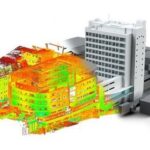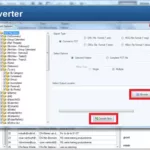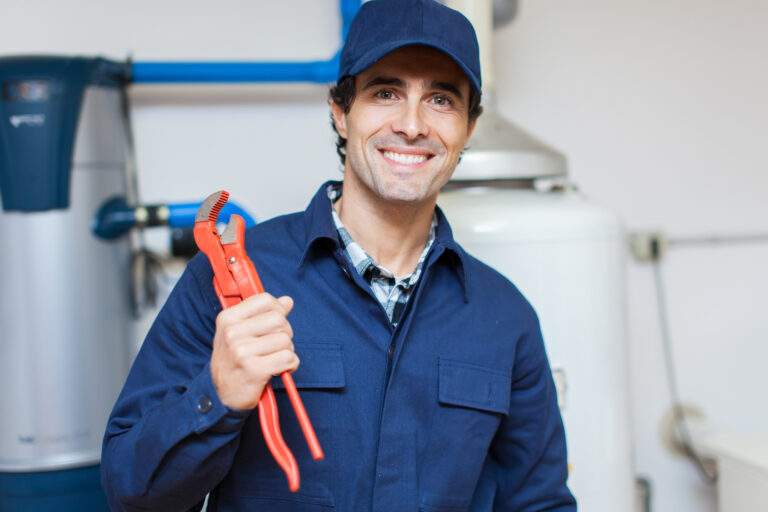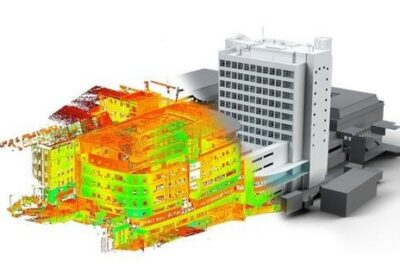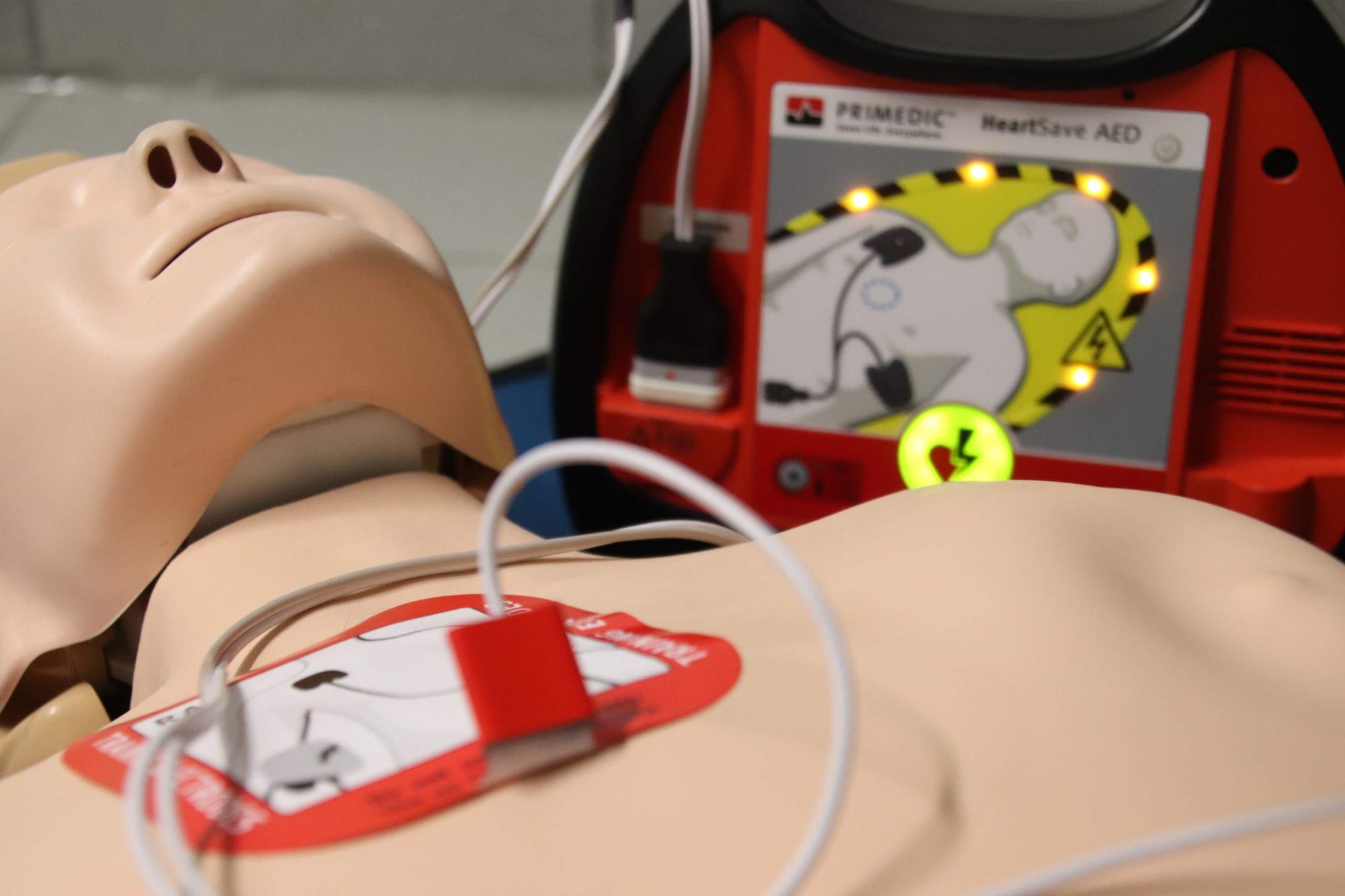
AED Pads: Guidelines for Proper Placement
Did you know that cardiac arrest victims who received a shock from an AED administered by a bystander had survival odds that were 2.73 times higher than those who received it only after EMTs arrived? With cardiac arrests causing the death of more than 700,000 people in Europe and America each year, ensuring laypeople know how to use AED pads can help prevent some of these deaths.
Although using a defibrillator is not complicated, knowing where to place the AED pads for the maximum benefit can be. Read on to learn the AED pad placements that can end up helping you save a life.
Placement of AED Pads on Adults
Adults, and especially older ones, are the most likely demographic to suffer cardiac arrests. Even though AEDs have child settings, the default is for adults. So where should AED pads be placed?
On an adult, you should position one pad over the upper right side of the person’s chest and another pad on the lower left side of the chest. This placement creates a pathway that makes it possible to shock the heart back to action.
Placement of AED Pads on Children
When learning how to use an AED, you have to know that children from one to eight years of age or any adults that weigh less than 55 pounds have to be treated with pediatric pads. People often ask “Can you use adult AED pads on a child?” and the answer is yes. You just need to adjust to the child setting.
Place one pad in the middle of the child’s chest and the other one in the middle of the child’s upper back. Make sure they do not touch. If you are applying cardiopulmonary resuscitation (CPR), you want to use one hand to press down to 1/3 of the depth of the chest. You should only attempt rescue breaths if you have CPR training.
Placement of AED Pads on Infants
AED pad placement for infants is similar to that of children. It is important that the pads on the middle of the chest and on the upper back do not touch.
Infants under one year of age are most likely to have a cardiac arrest because of blockage to the lungs and throat instead of heart issues and that can sometimes be confused with choking. If you see the infant does not have a pulse, using the AED is vital even if choking was the initial issue.
Placement of AED Pads on Pregnant Women
AEDs are safe to use on pregnant women and you should not hesitate to use one. Place one pad above her right breast and the other one laterally on her left side.
If the woman revives, turn her on her left side to increase blood flow to the heart and fetus.
Know How To Help Those in Need
Using AED pads correctly can make the difference between life and death. By knowing where they should be placed on adults as well as children, you are ready to help if needed.
To learn more about helping in emergency health situations, read our Health page!
